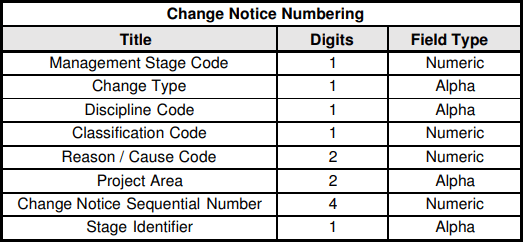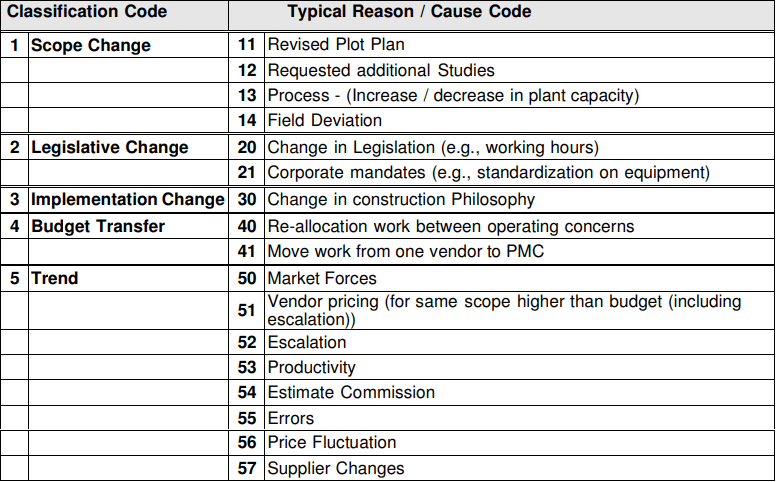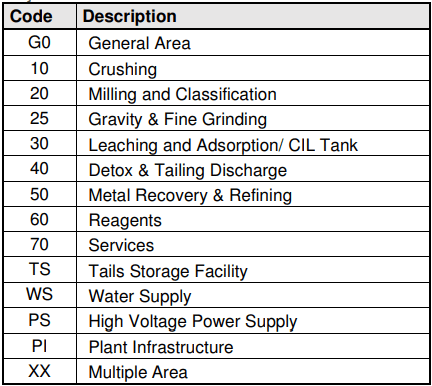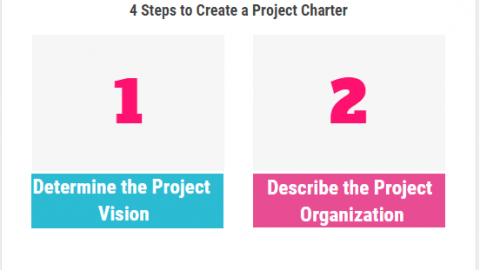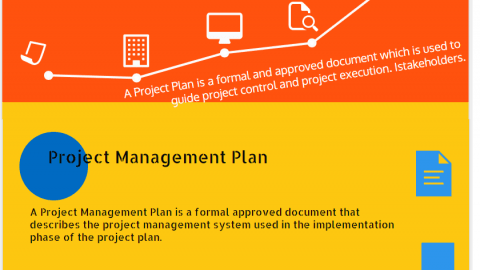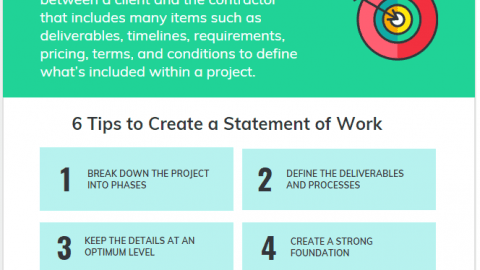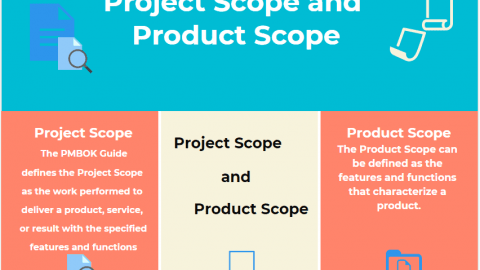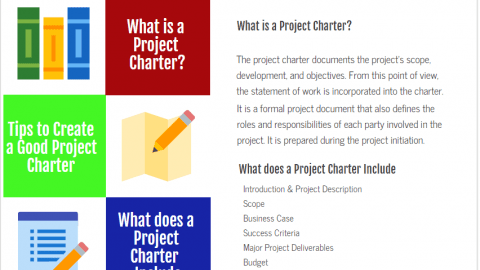Change Management Steps and Process: Recommended Practice
A project’s success depends on various processes. Change management is an important aspect of a project because change is inevitable. Adapting to changes successfully will directly affect the project scope, project schedule and the project’s overall success. There are certain steps one needs to follow in change management. We have listed all the change management steps you need to follow in detail from establishing change notice registers, the numbering of changes to the classification of changes. Let us examine all the steps individually.
Table of Contents
Change Management Steps
Establishing Potential Variation Notice and Change Notice Register
The first one of the change management steps is related to Potential Variation Notice and change notice. The project lead along with project controls will be responsible for establishing and maintaining Potential Variation Notice logs and change registers. These will record all Potential Variation Notice and changes raised on the project, and provide monitoring of the status, stage and location of the change. Changes will be classified and coded, and the register will be used to monitor and report the status of all changes on the project.
Numbering
Numbering is an important one in change management steps. The numbering of changes will be based on a structured system that will enable categorisation of change events, and functionality for grouping and reporting. All change numbers will be issued by the project control only and within one day of the request from the Originator.
The originator must request the change number through an official request by email or letter. The request must bear the following information to enable registration on the system:
- Description of Change.
- Title of change
- MGP management Stage Code
- Change Type
- Area (predominant or multiple areas in the case of split responsibility)
- Primary Classification
- Cause Code (Originator’s view)
- Discipline of work (or multiple disciplines in the case of split responsibility)
- Inside the scope or outside the scope of work
- WBS codes impacted by the change
- Package Number/ Contract Number
All changes can be entered into the change registers as a Trend, Potential Variation Notice or Change Notice during any period of the change process. The number will comprise two sections; a Potential Variation Notice number (which remains common to both Potential Variation Notice and Change Notice), and an additional (numeric/alpha) number, which precedes the Potential Variation Notice number once the Potential Variation Number is converted to a Change Notice.
Suggested Potential Variation Notice Numbering System Formats
The numbering will comprise a seven-digit alpha/numeric field in which the first two digits represent the project area, the following four digits represent the unique sequential number, and the final digit the stage identifier, as illustrated below:

Suggested Change Notice Numbering System Formats
Suggested Numbering System Samples
Management Stage Code

Change Type

Discipline Code
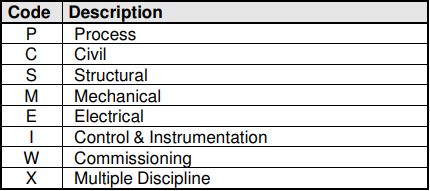
Classification Code | Reason /Cause Code
Project Area
Change Notice Sequential Number
Stage
Classification of Changes in Change Management Steps
Scope Change
Scope changes are associated with a change to the defined/agreed scope of work or intent, representing an addition, omission or extension, which was not included in the intent of the project specification or scope, but must be implemented in order to execute the project. The final decision to proceed or otherwise with the change is at the discretion of the Project Manager.
Scope changes directly affect the current budget and the project Schedule. Scope changes may result in additional funding and do not draw down from contingency.
Legislative Change
Legislative change is a change in scope requested by the Project Management and is imposed on the project from sources outside of the project.
Legislative changes may directly affect the current budget and the project schedule and do not draw down from contingency.
Implementation Change
This change would include items identified by the Project Manager that must be implemented in order to execute the project as laid out in the intent of the project specification, but where the full details were not previously known.
These items may result in a drawdown of contingency and/or may impact the project schedule. Such a change would be classified as a Trend.
Budget Transfer
A budget transfer shall be raised for the re-allocation of funds from one budget to another, to align with the movement of work scope and expenditure based on a change to the execution strategy. Budget transfers normally have a net zero change to the total current budget or project schedule.
Trend
A cost and/or schedule change to the forecast to complete for the contracted work, which is outside the immediate control of MGP Project Manager, shall be classified as a Trend. This specifically excludes cases attributable to a scope change, or a legislative change.
Execution and Timing are Crucial in Change Management Steps
Execution and timing are crucial among the change management steps. In order to ensure that change events are managed in a timely manner, the time scale for each stage must be set/agreed and shall not be exceeded more than 5 working days in total. Critical changes need immediate attention, and the project team must undertake all steps to protect the project objectives, and ensure that changes are managed, and approvals granted timely to enable the work to proceed.
Reporting as the Final One in Change Management Steps
Reporting is the last one of the change management steps. There are different types of reports you will need in the process.
Change Register
The Potential Variation Notice and Change Notice register will be the primary source for tracking changes through the various stages from inception to approval, and for reporting the status to the project team. Change Management registered on the system will be tracked and reported through the stages:
- Progress – Logged
- Progress – Raised
- Progress – Cancelled
- Approval – Project Manager Approved
- Approval – Implemented (Through Budget Approval Request and P6)
- Approved – Advised Originator.
The Project Lead will produce reports for distribution at the weekly or monthly change control meeting, and include the following reports:
- Updated change registers (Potential Variation Notice and Change Notice)
- Exception reports on all overdue approvals by area
- Summary status report by area of all Potential Variation Notices and Change Notices.
Monthly Reports
The project lead will be responsible for reporting the status of changes in accordance with the monthly reporting routines and formats. This will be reported by area as well as for the overall Project.
Reports will be available in various formats, and will include the following:
- Updated Potential Variation Notice Register
- Updated Change Notice Register
- Status and location report on all changes in the system
- Exception reports on overdue approvals
- Summary reports showing the overall impact of approved and potential changes in the system.
- Summary narrative on change status, accomplishments and outstanding issues.
Reference
A Basic Guide to Change Management, Rodel Marasigan

Over 35 years in the construction industry of combined working experience in the field of oil & gas refinery, pharmaceutical plant, waste water treatment & recycle water treatment plant, high rise building, module assembly, on-shore pipeline installation, power plant, industrial plant, heavy civil and Rails & Railways infrastructure. With a strong professional experience in all engineering works, advance computer knowledge and skills, strong leadership, motivation and can work independently. Has a professional background as Project Controls, Lead Planner, Snr Cost Engineer, System Analyst, Cost Analyst, Bid Estimator, Contract Management/ Administrator and Quantity Surveyor.


